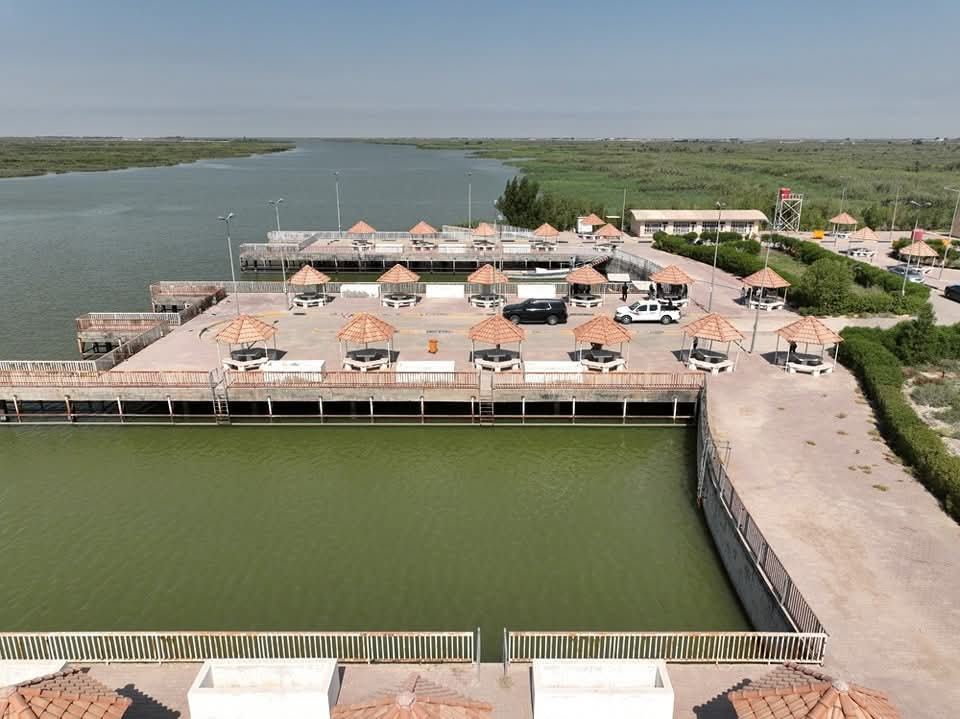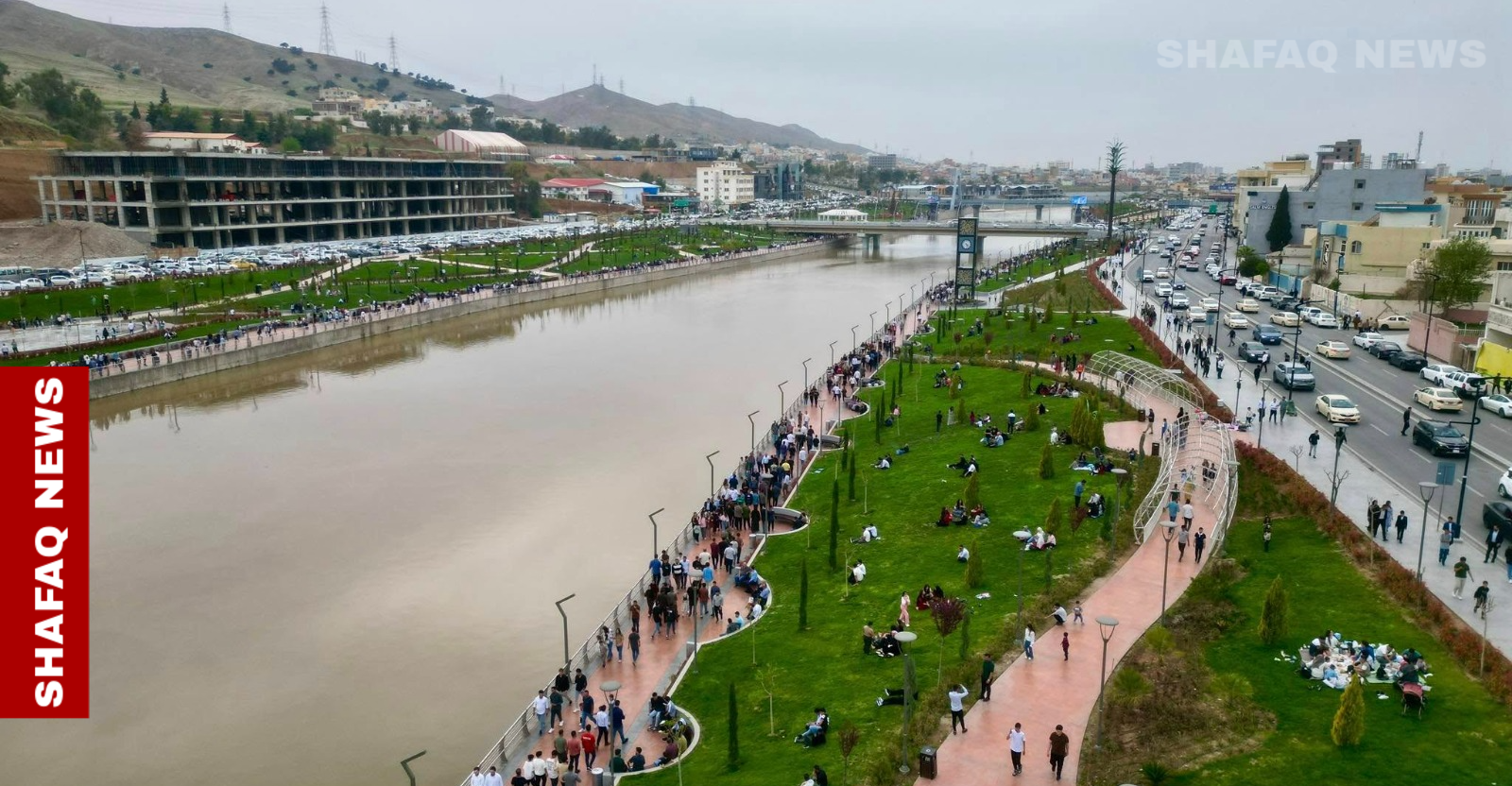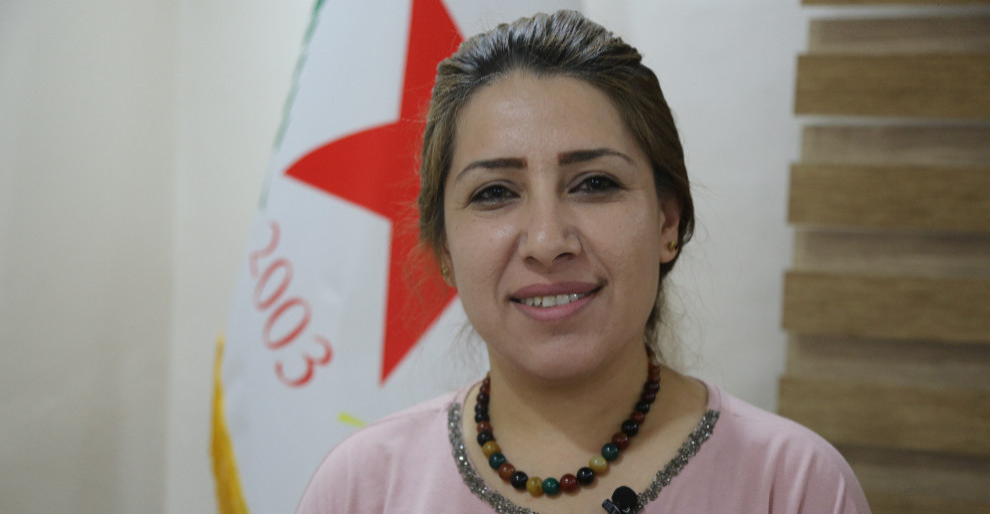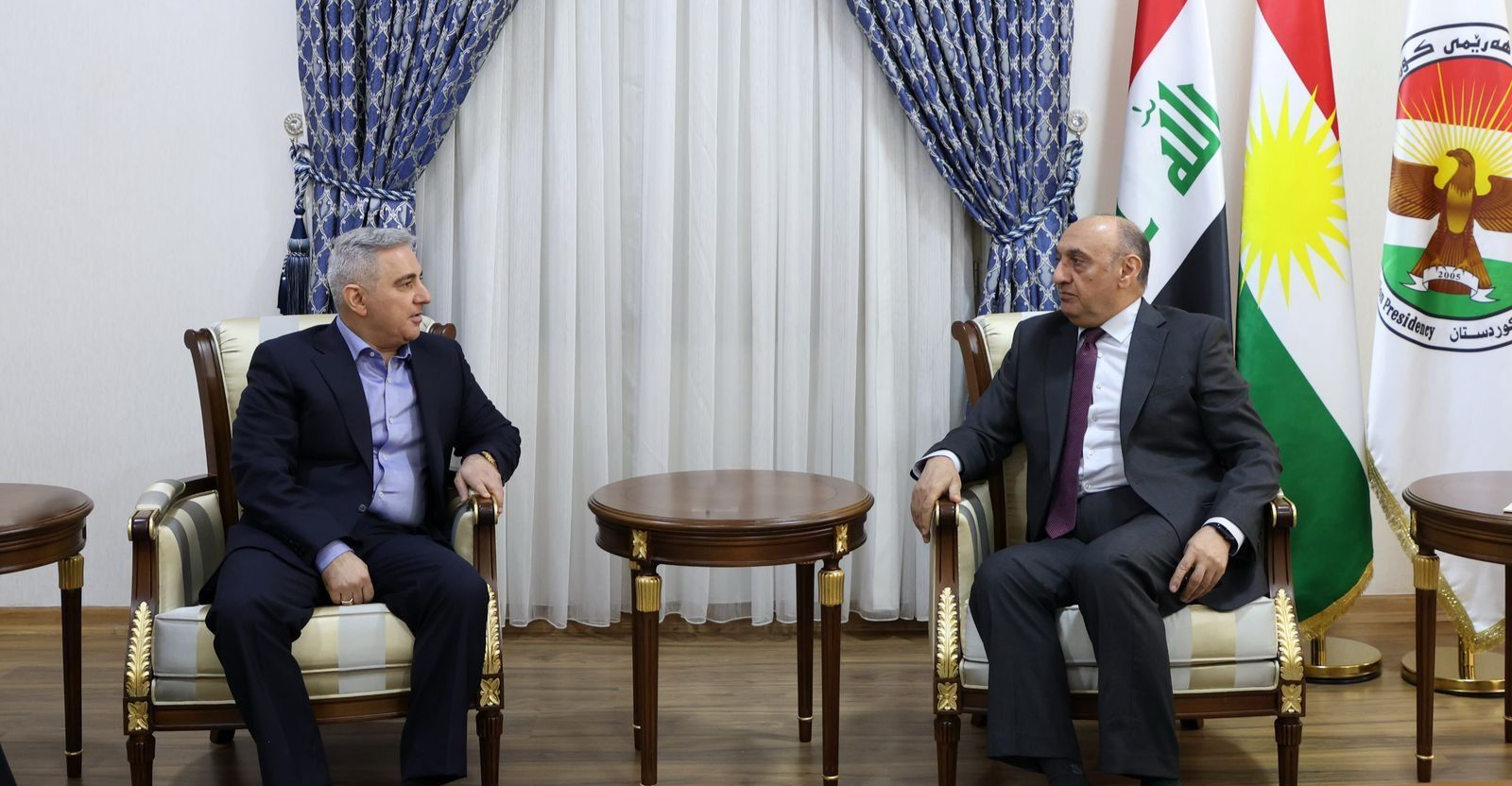Basra: The Marshlands reborn as a haven for global wanderers

Shafaq News / The wetlands of southern Iraq, particularly the Al-Mashhaband Al-Sallal marshes in Basra province, are emerging as symbols ofenvironmental revival and cultural heritage. These marshlands, part of thelarger Mesopotamian Marshes or Al-Ahwar, serve as vital ecological hubs andhistorical landmarks, intertwining natural beauty with ancient traditions.
Formed by the confluence of the Tigris and Euphrates rivers at the Shattal-Arab, these wetlands have long been regarded as Iraq’s only maritime gatewayto international waters. Covering approximately 200 square kilometers, thesewetlands are part of the eastern Al-Hammar marshland, fed by the Karama AliRiver. These landscapes were recently added to UNESCO’s World Heritage list,emphasizing their ecological significance and cultural legacy.
Global Recognition and Environmental Recovery
According to Nadhim Abdul Imam, Assistant Director of the Basra MarshesRestoration Center, UNESCO’s acknowledgment of the marshes has sparked effortsto restore their ecological balance and promote tourism. Once severely affectedby habitat destruction and salinity due to drainage projects and upstream damconstruction, the wetlands are now seeing signs of recovery.
Abdul Imam noted that salinity levels in the Shatt al-Arab have droppedsignificantly—from a peak of 17,000 TDS to a favorable range of 2,000–3,000TDS—thanks to improved water flow from the Tigris.
This resurgence has revitalized fish populations, particularly thehighly prized "Samti" fish, and restored grazing grounds for waterbuffalo, integral to the livelihoods of the Marsh Arabs. Migratory birds,traveling from as far as East Asia and South America, also find refuge in thesewetlands. Varieties of these birds include the "Khudairy," "Maichicken," "Haddaf," "Baghili," "Tshim,""Abu Salla," and "Helichi."
A Living Connection to Ancient Sumeria
The marshlands are not just ecological treasures but cultural relics ofMesopotamia, often called the "Cradle of Civilization." Abu Ali, aresident, describes to Shafaq News, his life intertwined with these waters,continuing traditions that date back to the Sumerian era.
He emphasizes the fact that locals rely basically on fishing, farming,and water buffalo herding, with unique practices such as naming their buffalobased on physical traits.
"We no longer need to buy buffalo feed like bran, flour, or straw;the buffalo now graze on the marsh grasses, which have started growing againwith the continued decrease in salt levels. We're now able to raise them morethan before," Abu Ali explains.
A Tale of Success
Abu Mahmoud, another resident, exemplifies the resilience of themarshland communities. He and his family, consisting of three wives andchildren, live by the riverbanks, and he shares his inspiring success story.Abu Mahmoud, away from the bustle of the city, revitalized ancestral land wherehe built a modern three-story home, each floor dedicated to a wife.
He began a project that combines palm farming, fish breeding, poultry,livestock farming, and agriculture. "My doors are always open to visitorsand tourists who want to witness the beauty of nature and how people livewithin the marshlands, carrying on customs that trace back to the ancientSumerian civilization," Abu Mahmoud says.
Challenges and the Road Ahead
Despite these successes, challenges persist. Reduced rainfall, climatechange, and upstream water management continue to threaten the wetlands. TheMarsh Arabs, displaced during the wetlands’ decline, still face poverty andlimited access to infrastructure. Sustaining the Al-Ahwar requires regionalcooperation, investment in climate adaptation, and support for community-led initiatives.
Promoting eco-tourism has become a central strategy for the marshlands’revival. Visitors can explore the wetlands by canoe, observe rare birds such asthe Basra reed warbler, and engage with the Marsh Arab culture. Nearby ancientsites like Ur and Eridu further enhance the region’s appeal, connecting modernvisitors to Iraq’s storied past.
As efforts continue, these wetlands stand as a beacon of resilience,showcasing humanity’s enduring connection to nature and its commitment tosafeguarding heritage for future generations.





